Long before modern conservation methods, Indigenous peoples cultivated thriving ecosystems across Ontario through sophisticated land management practices passed down through generations. Their deep understanding of natural cycles and sustainable resource use offers vital lessons for addressing today’s environmental challenges. Through indigenous cultural experiences in Ontario’s parks, visitors can witness firsthand how traditional practices like controlled burns, selective harvesting, and sacred site preservation have shaped our landscapes for millennia.
These time-tested approaches – protecting biodiversity, managing wildlife populations, and maintaining ecological balance – remain remarkably relevant for contemporary conservation efforts. As we face growing environmental pressures, Indigenous land stewardship provides a powerful model for living harmoniously with nature while ensuring resources endure for future generations. Their holistic view of humans as part of nature, rather than separate from it, offers crucial wisdom for developing sustainable solutions to modern environmental challenges.
[Word count: 119]
The Living Legacy of Indigenous Land Care
Seasonal Rhythms and Natural Cycles
For countless generations, Indigenous peoples have lived in harmony with Ontario’s natural rhythms, timing their activities with nature’s calendar rather than a paper one. From maple syrup harvesting in early spring to wild rice gathering in late summer, traditional practices follow the precise timing of seasonal changes.
This deep connection to natural cycles extends beyond just hunting and gathering. Indigenous communities carefully observe animal migration patterns, plant growth cycles, and weather patterns to make decisions about land use. For example, controlled burns are conducted in specific seasons when conditions are optimal, promoting forest health and reducing wildfire risks.
The practice of “seven generations” thinking means activities are planned with long-term sustainability in mind. Harvesting of medicinal plants follows strict guidelines about when and how much to gather, ensuring these resources remain available for future generations. Fish are caught during specific spawning seasons, and hunting is conducted when animal populations are most robust.
Today, many provincial parks and conservation areas incorporate these traditional timing practices into their management strategies, recognizing the wisdom in working with, rather than against, nature’s cycles.
The Three Sisters Method
One of the most brilliant examples of indigenous agricultural wisdom is the Three Sisters planting method, where corn, beans, and squash grow together in perfect harmony. This companion planting technique has been practiced for centuries by Indigenous peoples across North America, including right here in Ontario. The tall corn stalks provide natural poles for climbing beans, while the beans fix nitrogen in the soil to nourish the corn. The large squash leaves spread across the ground, creating living mulch that retains moisture and prevents weeds.
Today, this sustainable growing method is gaining renewed attention from gardeners and farmers alike. Not only does it maximize space and reduce the need for chemical fertilizers, but it also creates a resilient food system that supports local wildlife and pollinators. Many community gardens and educational farms across Ontario have adopted the Three Sisters method to demonstrate its effectiveness and teach visitors about indigenous agricultural practices.
Want to try it in your own garden? Plant corn first, followed by beans when the corn reaches about 6 inches tall, then add squash seeds a week later. It’s a living lesson in working with nature rather than against it.
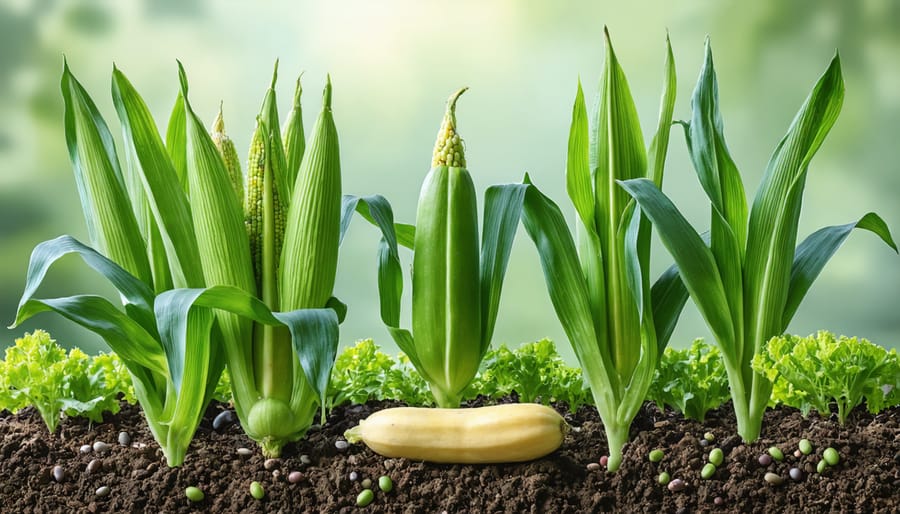
Sacred Connections: Land as Teacher
Traditional Ecological Knowledge
For countless generations, traditional indigenous knowledge has shaped Ontario’s landscapes through careful observation and deep understanding of natural cycles. This wisdom continues to guide modern conservation efforts across the province’s parks and protected areas.
Indigenous communities have long recognized the delicate balance between human needs and environmental health. Their approach to land stewardship involves careful monitoring of plant and animal populations, strategic use of controlled burns to maintain healthy forests, and sustainable harvesting practices that ensure resource abundance for future generations.
Take, for instance, the traditional practice of maple syrup harvesting. Indigenous peoples developed methods to tap trees without causing harm, allowing the same trees to produce sap year after year. This knowledge has influenced current sustainable tapping guidelines used throughout Ontario’s sugar bushes.
Another fascinating example is the Three Sisters garden method – planting corn, beans, and squash together. This companion planting technique, still used today, naturally enriches soil health while maximizing crop yields. You can spot demonstration gardens using these methods in several Ontario parks, offering visitors a glimpse into these time-tested farming practices.
When exploring Ontario’s natural spaces, you might notice areas where prescribed burns have taken place – a practice rooted in indigenous fire management that helps maintain healthy ecosystems and prevent devastating wildfires. This ancient knowledge continues to inform modern park management strategies, proving that sometimes the best solutions to contemporary challenges can be found in traditional practices.
Medicinal Plants and Forest Management
Indigenous peoples have long understood the delicate balance between harvesting medicinal plants and maintaining forest health. Throughout Ontario’s diverse landscapes, traditional knowledge has been passed down through generations, teaching sustainable harvesting practices that ensure plants like sweetgrass, sage, and cedar continue to thrive for future use.
Walking through Ontario’s forests today, you might notice areas where Indigenous communities actively manage the understory, carefully thinning certain species to promote the growth of important medicinal plants. This isn’t just about preservation – it’s about creating a living relationship with the land. For example, traditional harvesting of birch bark involves taking only what’s needed and choosing mature trees at the right time of year to prevent damage.
One fascinating practice is the cultivation of healing gardens, where communities grow and tend to essential medicines like tobacco, sweet flag, and wild ginger. These gardens serve as both a source of medicine and educational spaces where knowledge is shared with younger generations. The careful monitoring of plant populations ensures that harvesting remains sustainable, with specific guidelines about when and how much to gather.
Forest management extends beyond plant care to include controlled burning practices that help maintain ecosystem health. These traditional burns create ideal conditions for certain medicinal plants to flourish while preventing the build-up of dangerous forest fuel – a practice that modern forest managers are increasingly adopting.
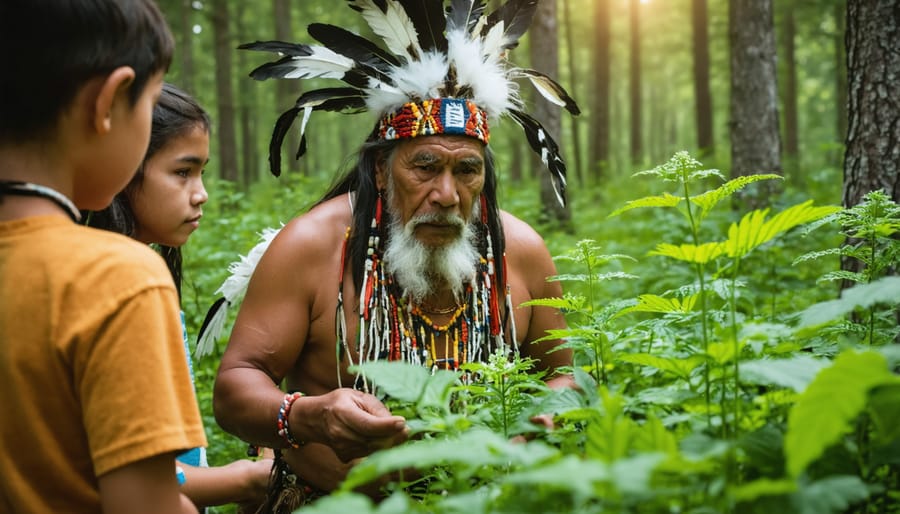
Modern Conservation Meets Ancient Wisdom
Collaborative Conservation Projects
Ontario’s parks and protected areas showcase inspiring examples of collaborative conservation, where Indigenous knowledge and modern practices work hand in hand. The Algonquin Stewardship Program in Algonquin Provincial Park stands out as a shining example, where Algonquin communities work alongside park staff to maintain traditional portage routes and share cultural knowledge with visitors through guided experiences.
In the Bruce Peninsula, the Saugeen Ojibway Nation and Parks Canada have developed a successful co-management model at Fathom Five National Marine Park. This partnership focuses on protecting both natural resources and cultural heritage sites while offering visitors unique interpretive programs that blend scientific and traditional ecological knowledge.
The Wikwemikong Tourism initiative on Manitoulin Island demonstrates how Indigenous-led conservation can create meaningful tourism experiences. Their award-winning guided hikes and cultural programs allow visitors to learn about traditional plant use and sustainable harvesting practices that have been passed down through generations.
Another notable collaboration is the Healing Place Project at Rouge National Urban Park, where First Nations, Métis, and Inuit knowledge keepers work with park managers to restore native plant species and create medicine gardens. Visitors can participate in seasonal workshops to learn about traditional plant uses and conservation techniques.
These partnerships not only help preserve Ontario’s natural heritage but also create opportunities for meaningful cultural exchange and learning, showing how traditional knowledge and modern conservation can work together for a sustainable future.
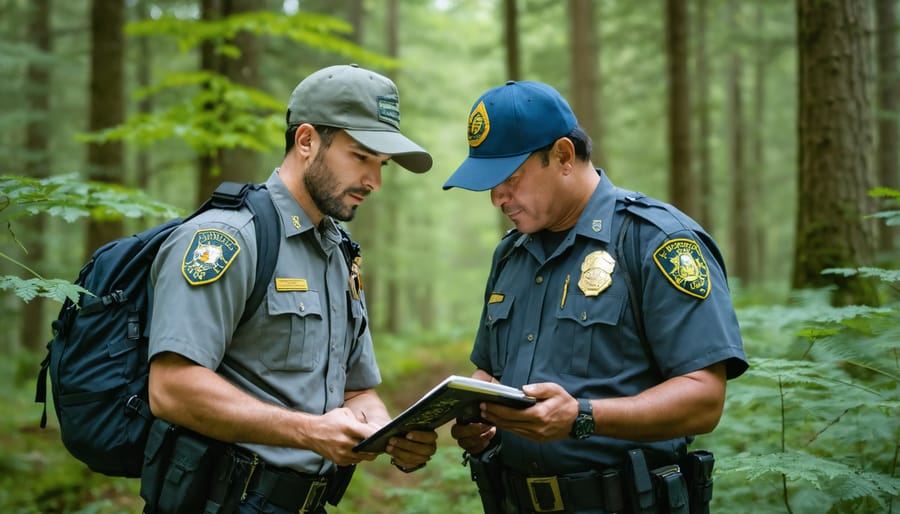
Learning from the Land
Across Ontario, a growing number of parks and conservation areas are embracing the wisdom of Indigenous peoples through immersive educational experiences. These indigenous-led programs offer visitors unique opportunities to learn about traditional land stewardship practices that have sustained these territories for thousands of years.
Join expert Indigenous guides on interpretive walks to discover how different plants were traditionally used for food, medicine, and crafts. Learn about the significance of controlled burns in maintaining healthy forests and meadows, or participate in hands-on workshops about sustainable harvesting practices. Many parks now offer seasonal programming that aligns with traditional ecological calendars, teaching visitors about the natural rhythms that guide Indigenous land management.
These educational experiences go beyond simple nature walks. They’re opportunities to understand the deep connection between land and culture, where every plant, animal, and natural feature tells a story. Visitors can learn about the traditional names of local species, understand their cultural significance, and gain practical knowledge about sustainable foraging and conservation.
For families, these programs often include interactive elements like traditional games, storytelling sessions, and craft workshops using natural materials. It’s a wonderful way to help children develop a deeper appreciation for nature while learning about Indigenous perspectives on environmental stewardship.
Experience Indigenous Land Stewardship
Responsible Tourism Tips
When visiting Indigenous-managed lands and programs in Ontario, it’s essential to approach these experiences with respect and cultural sensitivity. To truly learn from indigenous communities, consider these thoughtful guidelines for your visit.
Always book through official channels and choose Indigenous-led tours and programs when available. This ensures your tourism dollars directly support local communities and helps preserve traditional practices. Before your visit, take time to research the specific Nation whose territory you’ll be exploring – understanding their customs and protocols shows respect and enriches your experience.
Photography guidelines vary between communities and sacred sites. Always ask permission before taking photos, especially during ceremonies or at cultural sites. Some areas may be off-limits for photography entirely, so be prepared to simply observe and appreciate these moments personally.
When participating in traditional activities or workshops, listen more than you speak. Your guides are sharing generations of knowledge – showing genuine interest and asking respectful questions is welcomed, but avoid interrupting or comparing to non-Indigenous practices.
Pack out what you pack in, and follow Leave No Trace principles rigorously. Many Indigenous communities maintain deep spiritual connections to the land, so treating it with utmost care is crucial. Use designated trails, respect wildlife, and avoid removing any natural items, even small ones like pebbles or feathers.
Consider supporting Indigenous artisans by purchasing authentic crafts directly from community shops or authorized sellers. Avoid mass-produced “Indigenous-style” souvenirs, as these often appropriate cultural elements without benefiting communities.
Remember, you’re not just a tourist – you’re a guest on traditional territories. Approaching your visit with humility, curiosity, and respect will lead to more meaningful connections and a deeper understanding of Indigenous land stewardship.
As we embrace the future of conservation in Ontario, it’s clear that Indigenous land stewardship practices hold invaluable lessons for us all. These time-tested methods of living in harmony with nature have protected our forests, waters, and wildlife for countless generations. By learning from and incorporating these traditional practices into our modern conservation efforts, we’re not just preserving ecosystems – we’re honoring the wisdom of those who’ve been guardians of these lands since time immemorial. Whether you’re hiking through our provincial parks or planning your next outdoor adventure, remember that you’re walking on lands shaped by centuries of Indigenous care and knowledge. Let’s all do our part to respect, learn from, and preserve these practices for future generations to enjoy the natural wonders of Ontario.


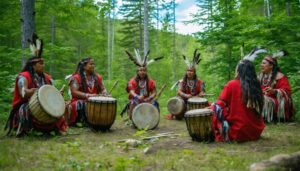

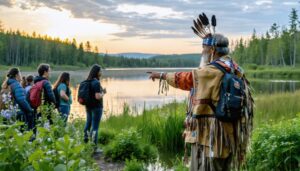

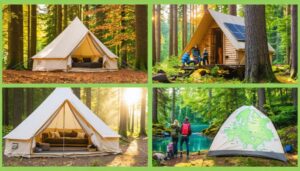

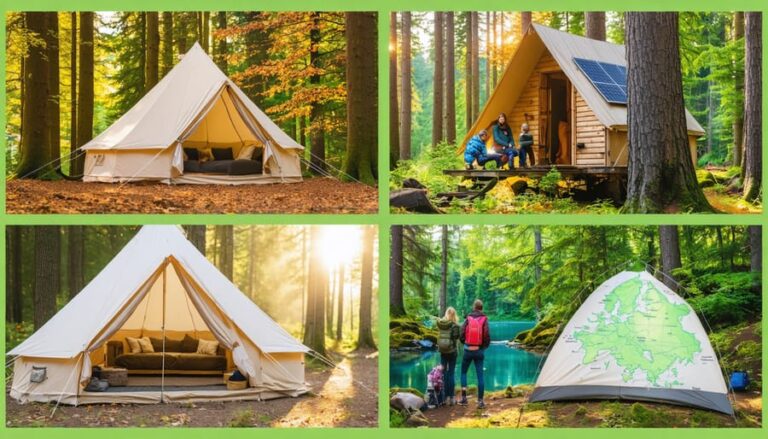
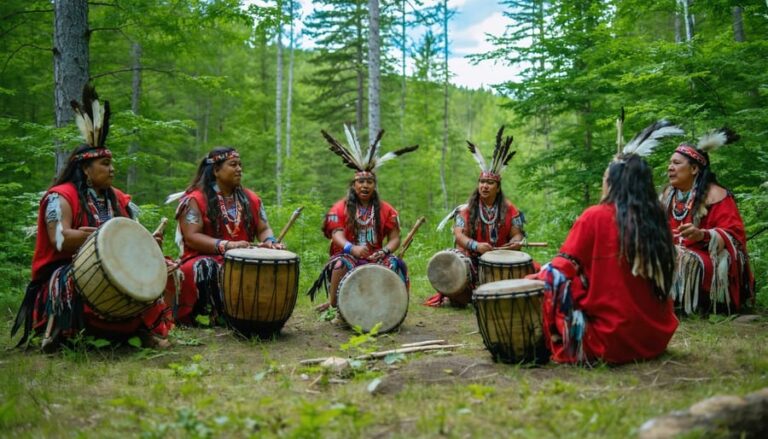
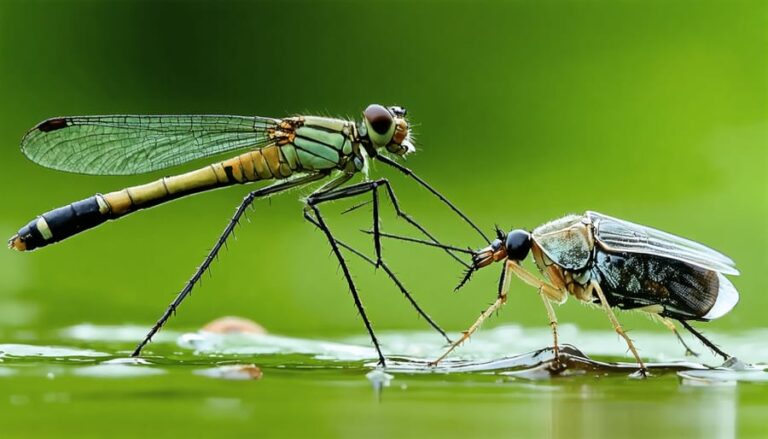

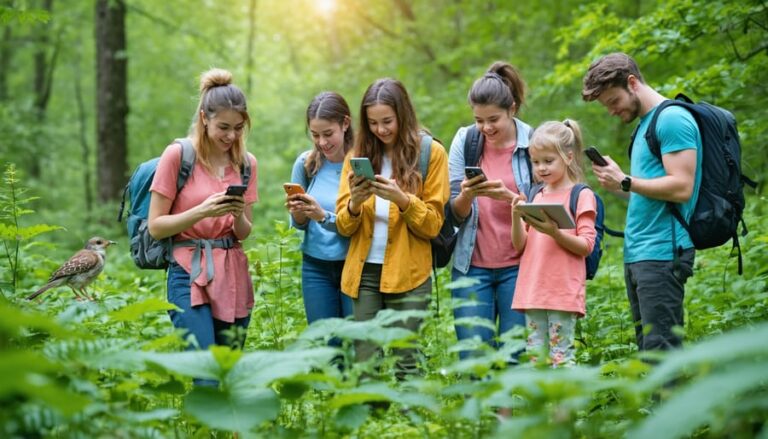
+ There are no comments
Add yours